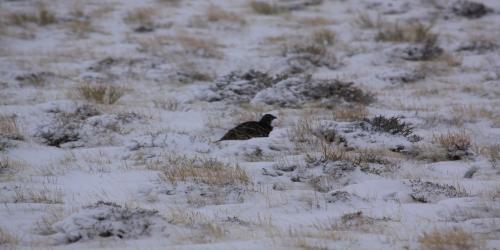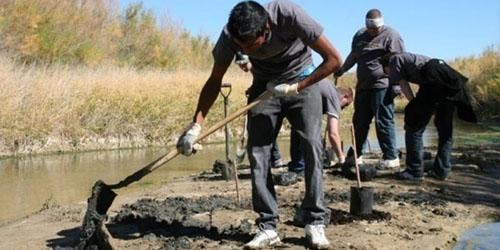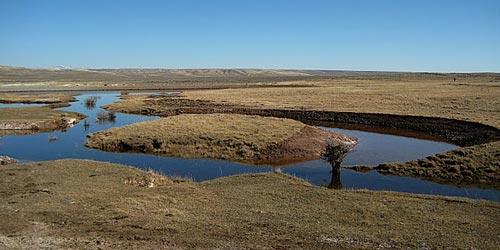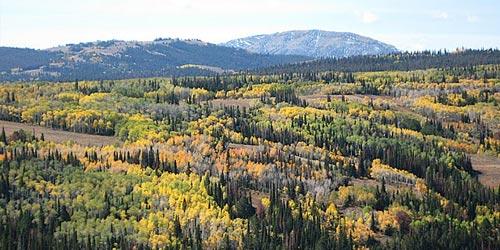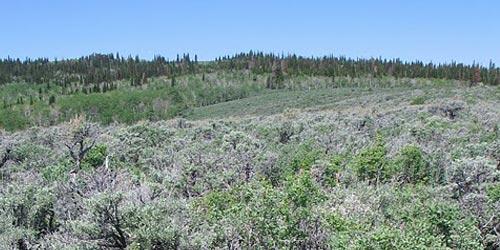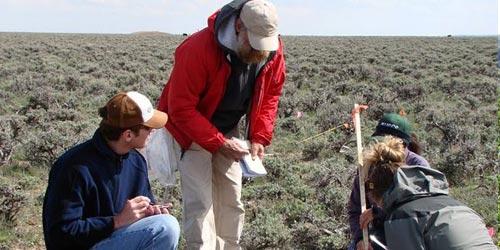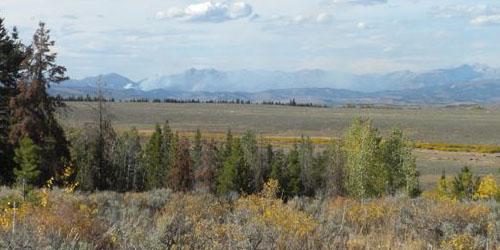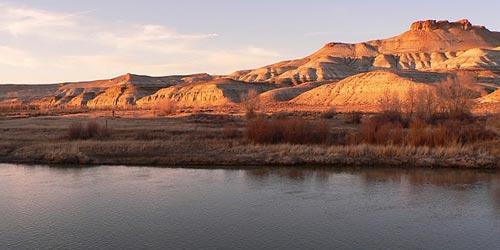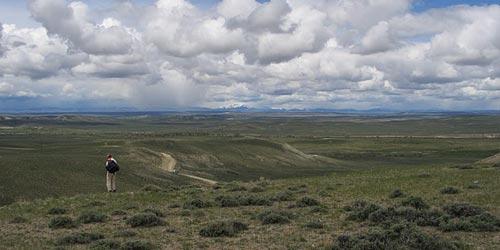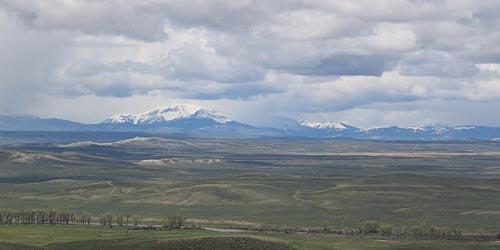The WLCI is a long-term, science-based program to assess and enhance aquatic and terrestrial habitats at a landscape scale in southwest Wyoming, while facilitating responsible development through local collaboration and partnerships. This program entails inventory and assessment of species and habitat to determine what habitat enhancement projects, such as vegetation treatments, are necessary. The collaborative effort represented by the WLCI is unique as it provides a means to address multiple concerns at a scale that considers all activities on the landscape, incorporates multiple needs in project implementation, and can leverage resources that might not be available for single agency projects.
The idea began with discussions between the directors of the Wyoming Bureau of Land Management, the U.S. Fish and Wildlife Service, and the Wyoming Game and Fish Department in the spring of 2006 about the need for a landscape-scale approach to ensure healthy wildlife populations in areas with proposed energy development. The WLCI was announced in February 2007.
Projects have included fencing, wetland creation, prescribed burns, riparian enhancements, conservation easements, weed treatments and river restoration. These projects have benefitted multiple species, including greater sage-grouse, trumpeter swans, cutthroat trout, various warm water fish, migratory birds, and big game. The WLCI will consider supporting any good conservation approach that provides benefits to wildlife and habitat at a landscape scale. Additional details about past projects are provided in newsletters and reports.
One of the most unique features of the WLCI is the application of science to decision-making processes. Scientific research is used to inform on-the-ground work done through the initiative. Scientific work conducted for the WLCI improves the understanding of ecosystems present and their response to various drivers of change. The USGS is leading the science effort and has compiled science strategies to help guide the science work that is conducted. The Science and Technical Advisory Committee (STAC) helps apply science to on-the-ground conservation work and management. A Science Assessment developed by the USGS helps identify gaps where critical scientific information is missing. The STAC helps determine how to fill these gap
Conservation projects are developed at the local level by Local Project Development Teams (LPDTs) with the input of various individuals who are interested in participating. The projects are strategically designed to conserve resources at the landscape level and be aligned with the WLCI mission, objectives and goals. The process of creating strategic projects is iterative. Priorities are determined and mapped by LPDTs using local knowledge and current scientific understanding. Priority areas also are defined by which issues are most important. LPDTs prioritize projects that they have developed for a given year. The Coordination Team incorporates LPDT priorities as it ranks all projects across the WLCI area using criteria approved by the Executive Committee (EC). The EC approves final rankings and funding is provided to highest ranking projects. Specific requirements of the funding source are included in this process. Over time, monitoring of projects and additional research will provide additional guidance in this process.

